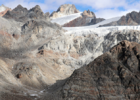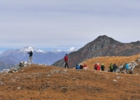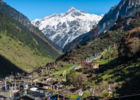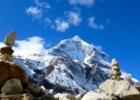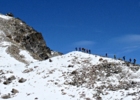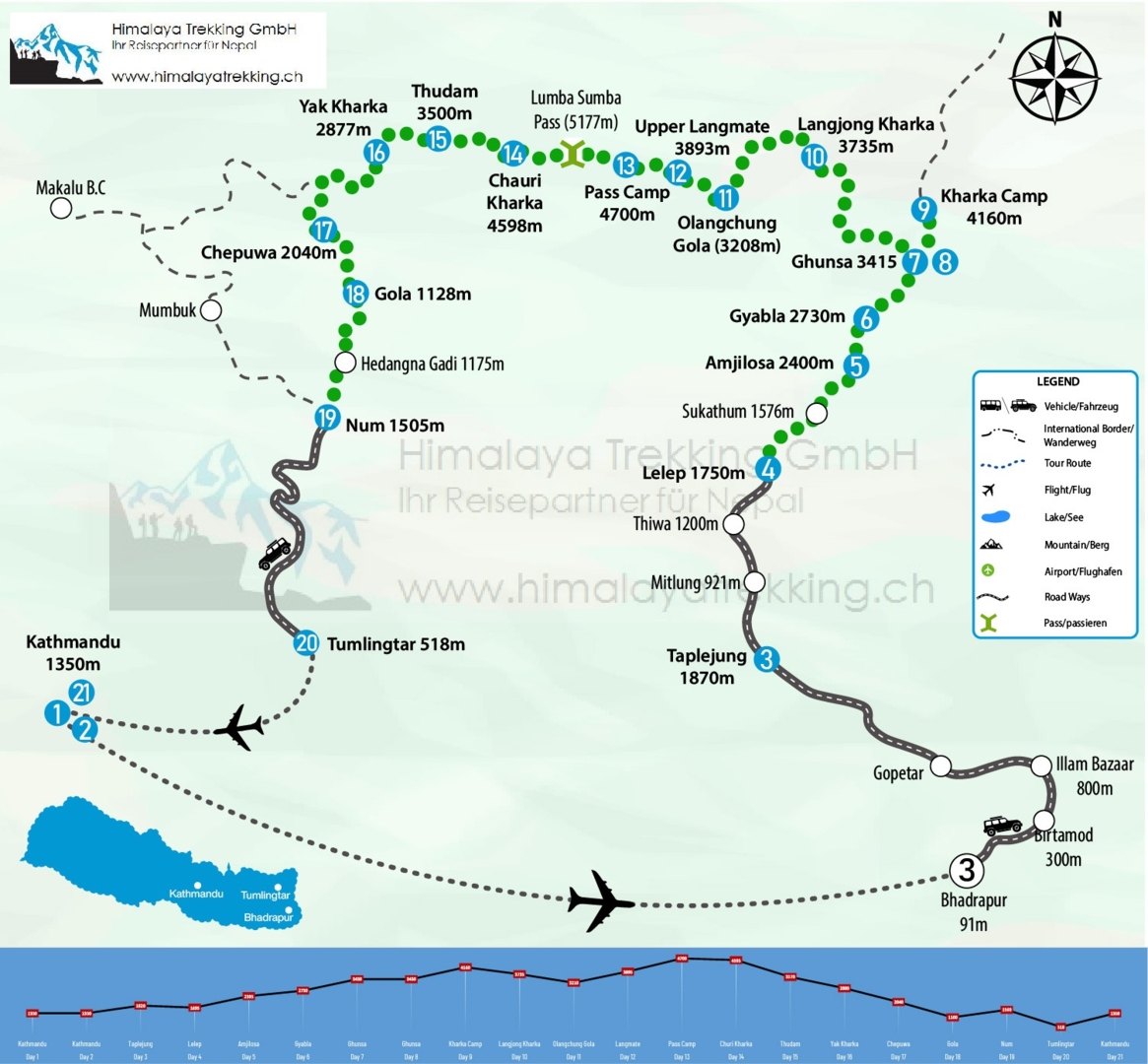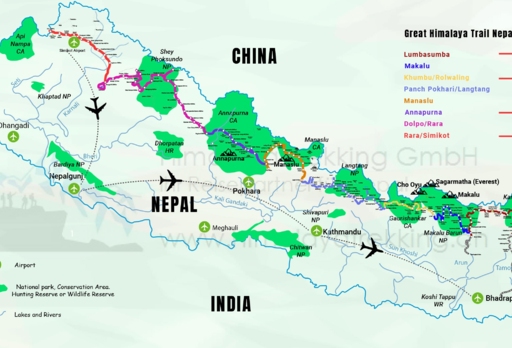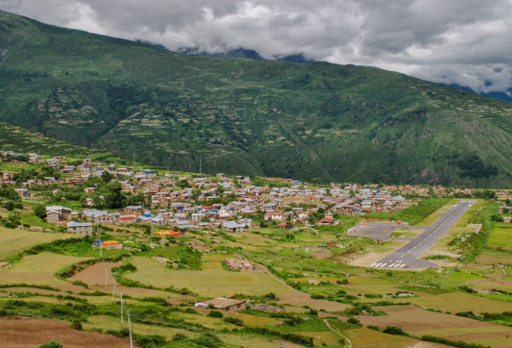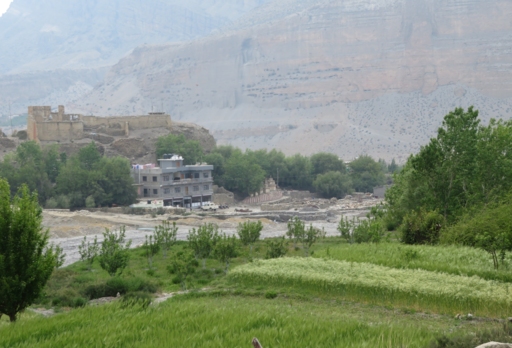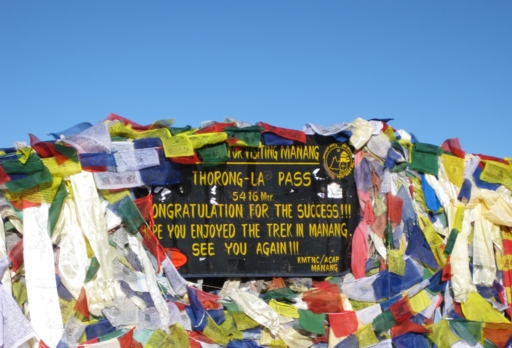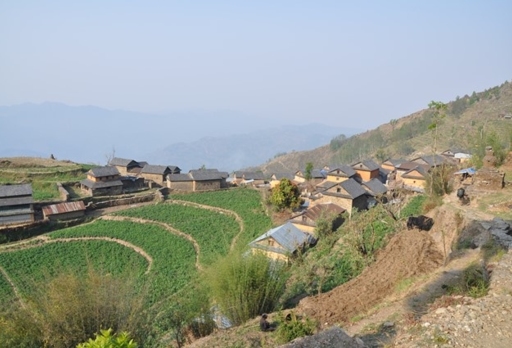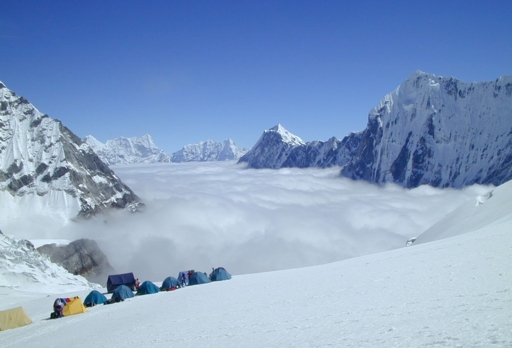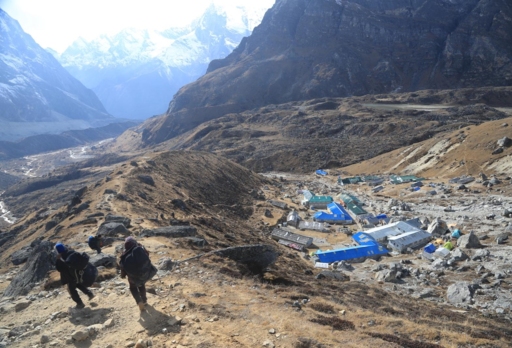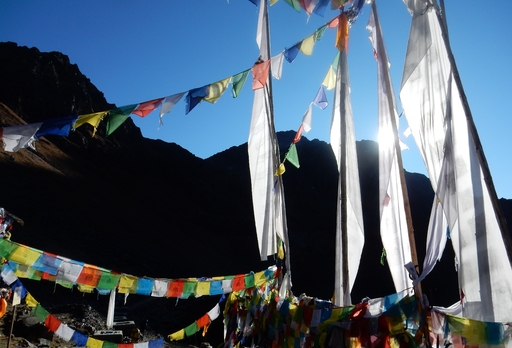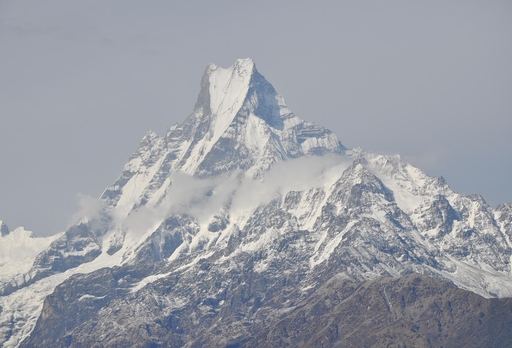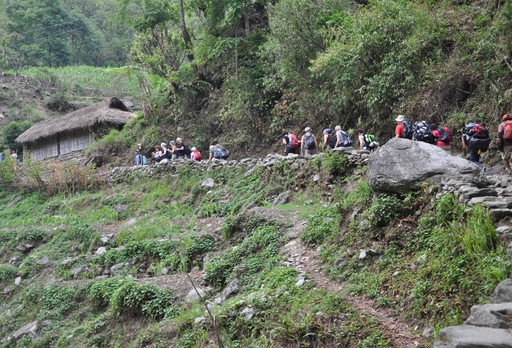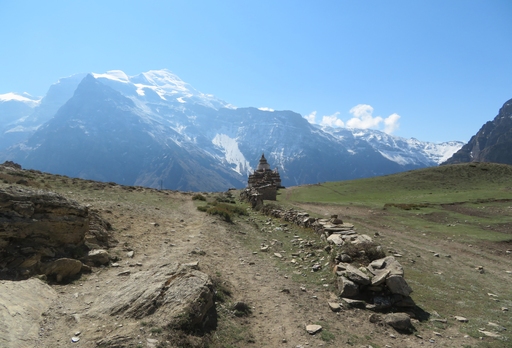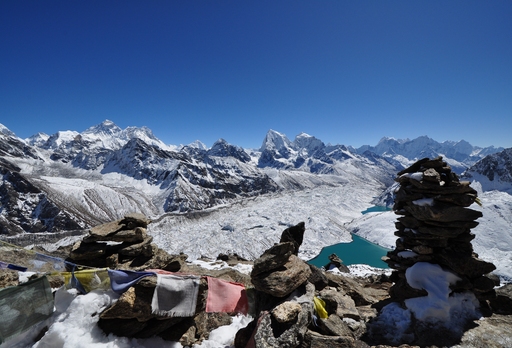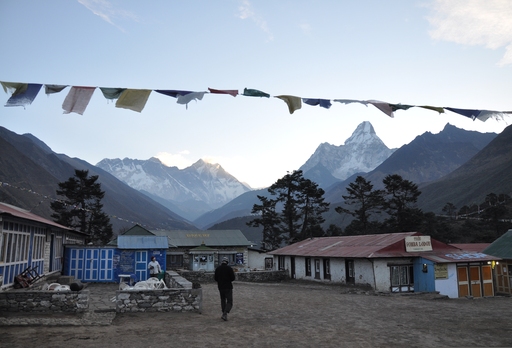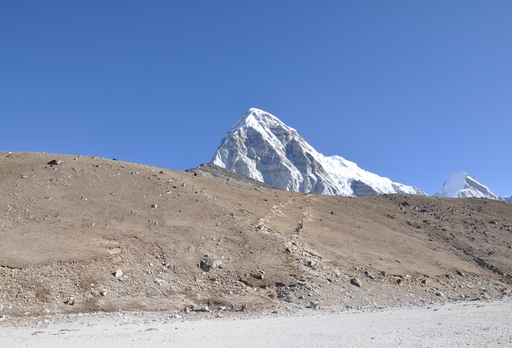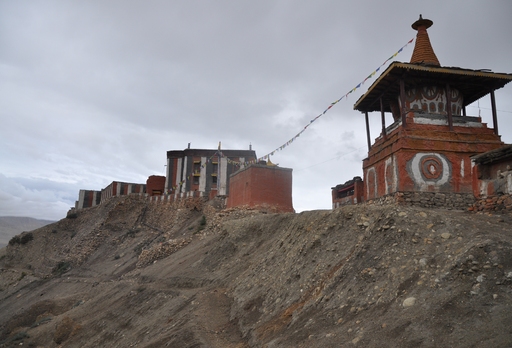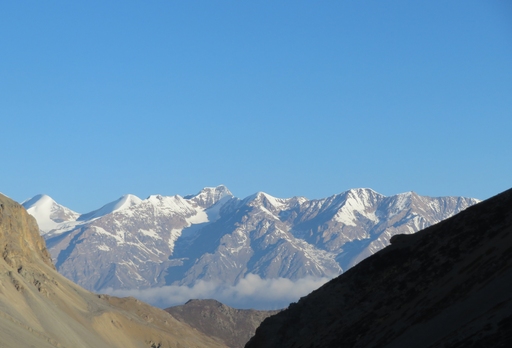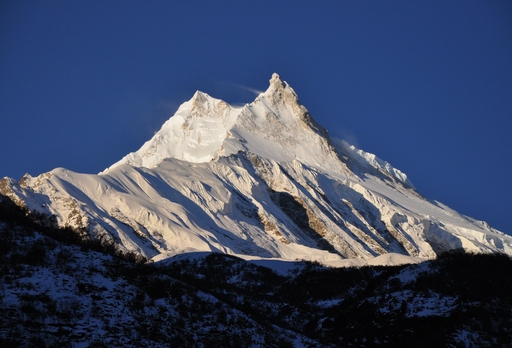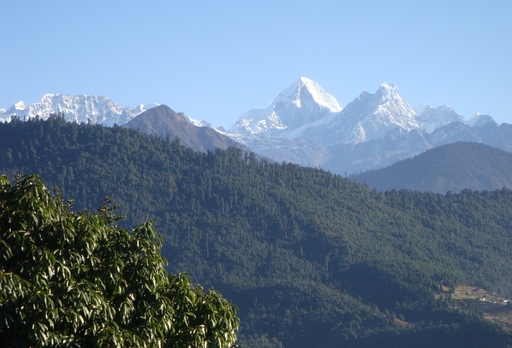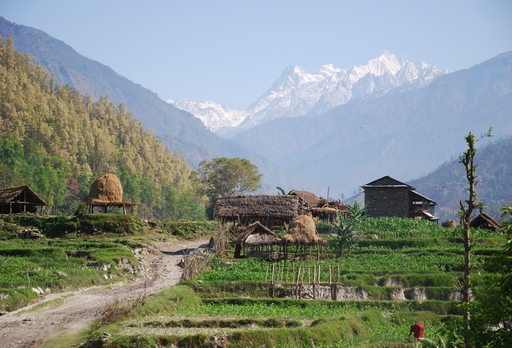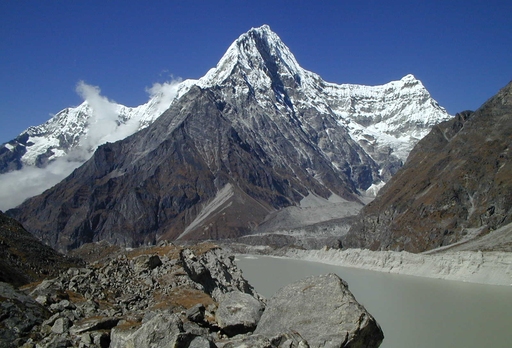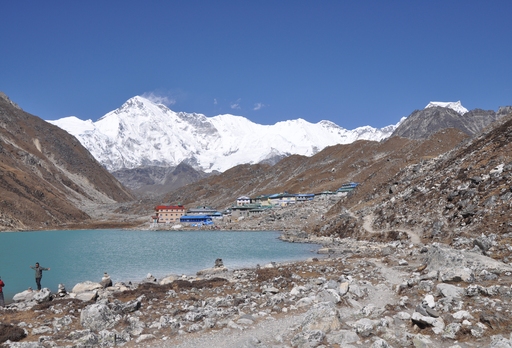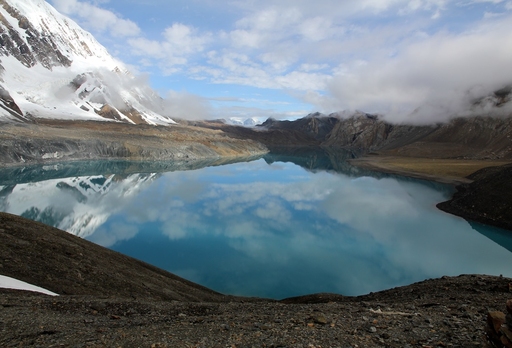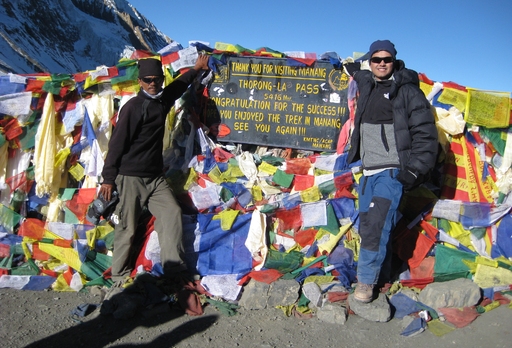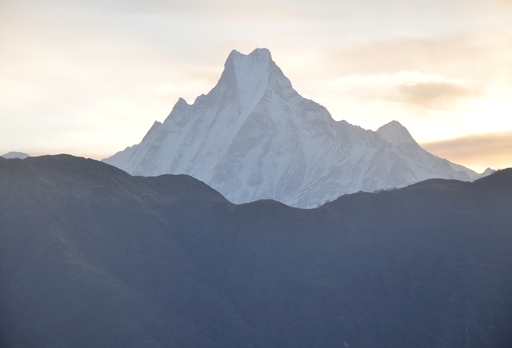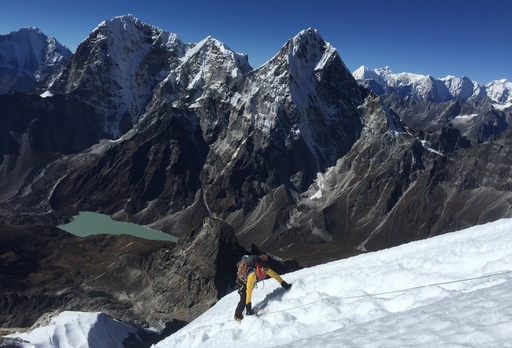Lumbasumba Trekking
The Lumbasumba Trek is an adventurous trekking route in Nepal that traverses the remote and pristine Kanchenjunga region. It is a new trail that was opened to trekking tourists just a few years ago. The trek begins in the town of Taplejung in Eastern Nepal and leads through picturesque villages, dense forests, green valleys, and over high passes. The route offers breathtaking views of the majestic peaks of the Kanchenjunga massif, including the world's third highest mountain, Kanchenjunga. During the trek, one also crosses the Lumbasumba Pass, which is situated at an altitude of about 5,160 meters. This pass is a challenge for trekkers as it is steep and demanding, but the effort is rewarded with spectacular panoramic views. The route continues through remote valleys and past traditional villages where the indigenous population leads their simple lives. Trekkers have an opportunity to learn about the unique culture and way of life of the ethnic groups in this region, including the Sherpas, Rai, and Limbu.
1. Day - Arrival in Kathmandu
Transfer from the airport to the hotel and time at your own disposal.2. Day - Sightseeing Kathmandu
3. Day - Taplejung (1820 MASL)
about 45 Min flight to Bhadrapur and drive to Taplejung4. Day - Lelep (1695 MASL)
Drive to Lelep by Jeep5. Day -3. Trek to Amjilosa (2395 MASL.)
6. Day - Trek to Gyabla (2730 MASL.)
7. Day - Trek to Ghunsa (3430 MASL.)
8. Day - Restday in Ghunsa
Acclimatization day9. Day - Trek to Kharka Camp (4160 MASL.)
10. Day . Trek to Langjong Kharka (3735 MASL.) via Nango La pass (4776 MASL.)
11. Day - Trek to Olangchung Gola (3210 MASL.)
12. Day - Trek to Langmate (3895 MASL.)
13. Day - Trek to Pass Lager (4700 MASL.)
14. Day - Trek to Yak Kharka (4595 MASL.) via Lumbasumba Pass (5177 MASL.)
15. Day - Trek to Thudam (3570 MASL.)
16. Day - Trek to Yak Kharka (2880 MASL.)
17. Day - Trek to Chepuwa (2040 MASL.)
18. Day - Trek to Gola (1100 MASL.)
19. Day - Trek to Num (1560 MASL.)
20. Day - Drive to Tumlingtar
21. Day - Flight to Kathmandu
22. Day - Depature Kathmandu
- Flexible daily routine
The daily routines described must be considered somewhat flexible, as they are adapted to local conditions (weather, new paths, etc.) as well as to your constitution. Your guide will plan and discuss the next day with you in the evening.
Nature Trails / JeepsOn the whole trek, a natural road has been built. However, you rarely encounter vehicles. This is actually an advantage for us, as you can compensate for possible flight delays with a jeep and still achieve the goal.
Include
- 2 nights Hotel in Kathmandu with breakfast
- Pick up and Drop service
- Kathmandu sightseeing
- All Transportation connecting to Trekking
- Flight Kathmandu - Bhadrapur and Tumlingtar - Kathmandu
- Meals and Accommodations during the Trek
- Trekking Guide (Kamal Bhatta for Part of GHT 2026)
- Porters
- Trekking permit.
- Satellite Telephone
- Trekking insurance for trekking Crew
- Trekking bag of Himalaya Trekking
Exclude
- International Flight to Kathmandu and back
- Tips
- meals in Kathmandu
- Aditional Accommodations in Kathmandu
- All drinks
Requirements
You will find the level of difficulty and the type of accommodation of each journey in the program.
Equipment
You are going to get an equipment list as recommendation together with your travel documents. The equipment for a tent trekking (tent, mattresses etc.) will be organized locally.
Luggage
You are allowed to check in 20 kg as well as you can take 5 kg of hand luggage with you. If you would like to travel with a trolley case, we kindly ask you to take an additional big backpack with you. Luggage which you do not need while trekking can be deposit for free in Kathmandu.
Entry
For the entry to Nepal you need a passport which is valid further than 6 month after your departure date. You will receive your visa upon your arrival at the airport in Kathmandu. You will be told about the visa expenses while booking, since the fee changes from time to time.
Health
Himalaya Trekking suggests seeing your doctor or a tropical doctor as early as possible so you will be informed about current provisions regarding injections. Pharmacy or a doctor will help you regarding your personal trip first aid travel kit.
Group size
Himalaya Trekking guarantees for every tour. We do not have any minimum size for a group, but we do have a maximum of 12 persons per tour.
Tour program
The daily program should be seen as very flexible since we have to consider the local circumstances as well as your physical condition. Your guide will plan with you every evening the next day.
Travel documents
You are going to receive the detailed travel documents with general information as well as your flight tickets 2 to 3 weeks before departure.
Tipping
The tip for the local guides and carrier are not included in the travel costs. It is common to tip them for a good performance.
Accommodation and meals
The overnight stays in Kathmandu and Pokhara will be in a middle class hotel. The restaurants can be chosen individually, as lunch and dinner are not included in the travel costs.
During a lodge trekking the hike will be trough village to village. You will stay overnight in a basic hostel and you are going to have your meals there or in a restaurant on the way. During the camp trekking you are going to stay in one man or two-person tents and all the meals will be provided by private cook.
Insurance
Himalaya Trekking recommends having travel insurance as well as a cancellation protection. We also recommend having a copy of your police with you.
Climate
The weather in Nepal is nice. The summer is together with the monsoon season from June to October, the rest of the year is dry. There is mild climate in the Kathmandu valley, during the summer time around 20-30°C and in the winter time around 0-15°C.
Please consider the climate for your travelling plans, since the county covers a height form 75 MASL to 8848 MASL. Therefor the climate changes and if you are in the wrong place to the wrong time you will probably not see the Himalaya. However there still is a suited journey for every time period!
Kontinent : AsienLandesgrenze : Im Norden: Himalaya (Tibet /China), Im Süden, Osten und Westen: Indien Lage : 26°20'- 20°26' Längengrad
80°03'- 88°26' BreitengradEinwohner : ca.29 Millionen Hauptstadt : Kathmandu (1350 M. ü. M) ca. 4 Millionen Einwohner Höchster Punkt : 8848 M. ü. M. (Mount Everest) Tiefster Punkt : 75 M. ü. M. (Terai) Baumgrenze : ca. 4500 M. ü. M. Schneegrenze : ca. 2500 M. ü. M. im Winter Himalaya (Berge) : 15% des Landes über 3000 M. ü. M. Hügelland : 68% des Landes 500 M. ü. M. - 3000 M. ü. M. Terai(Flachland) : 17% des Landes unter 500 M. ü. M. Tiere : Tiger, Nashorn, Elefant, Panda, Schneeleopard, Kuh, Yak, Wasserbüffel, 800 verschiedene Vogelarten, je nach Höhe Religionen
: Hindu 85%
Buddhisten 10%
Moslem 3%
Sonstige 2%Kasten : Brahmanen
Tschetri
Baishja
Sudra (Unberührbare)
61 verschiedene VolksgruppenSprache : Nationalsprache ist Nepali
Über 70 weitere lokale Dialekte und Sprachen
Englisch ist obligatorisch in der SchuleAnbau : Reis , Hirse, Buchweizen, Weizen, Kartoffeln,
Bananen, Mango, Ananas, Äpfel und viele andere Früchte und Gemüse je nach Temperatur und HöheTextil : Pashmina und Wollproduktion aus Yak Wolle Haupteinkommen : Agrar-Wirtschaft, Tourismus und Auslandarbeit. 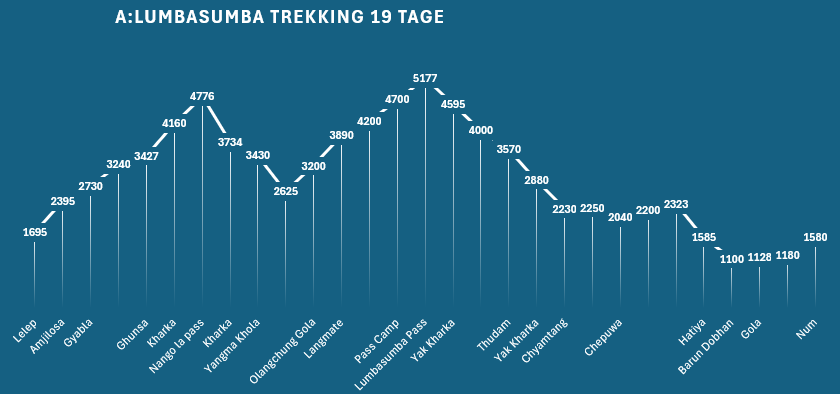
- Individual date request
Departure Date Vacant Places Days Price per Person 07 February 2026 9 20 CHF 4'270.00 Inquiry
Inquiry

